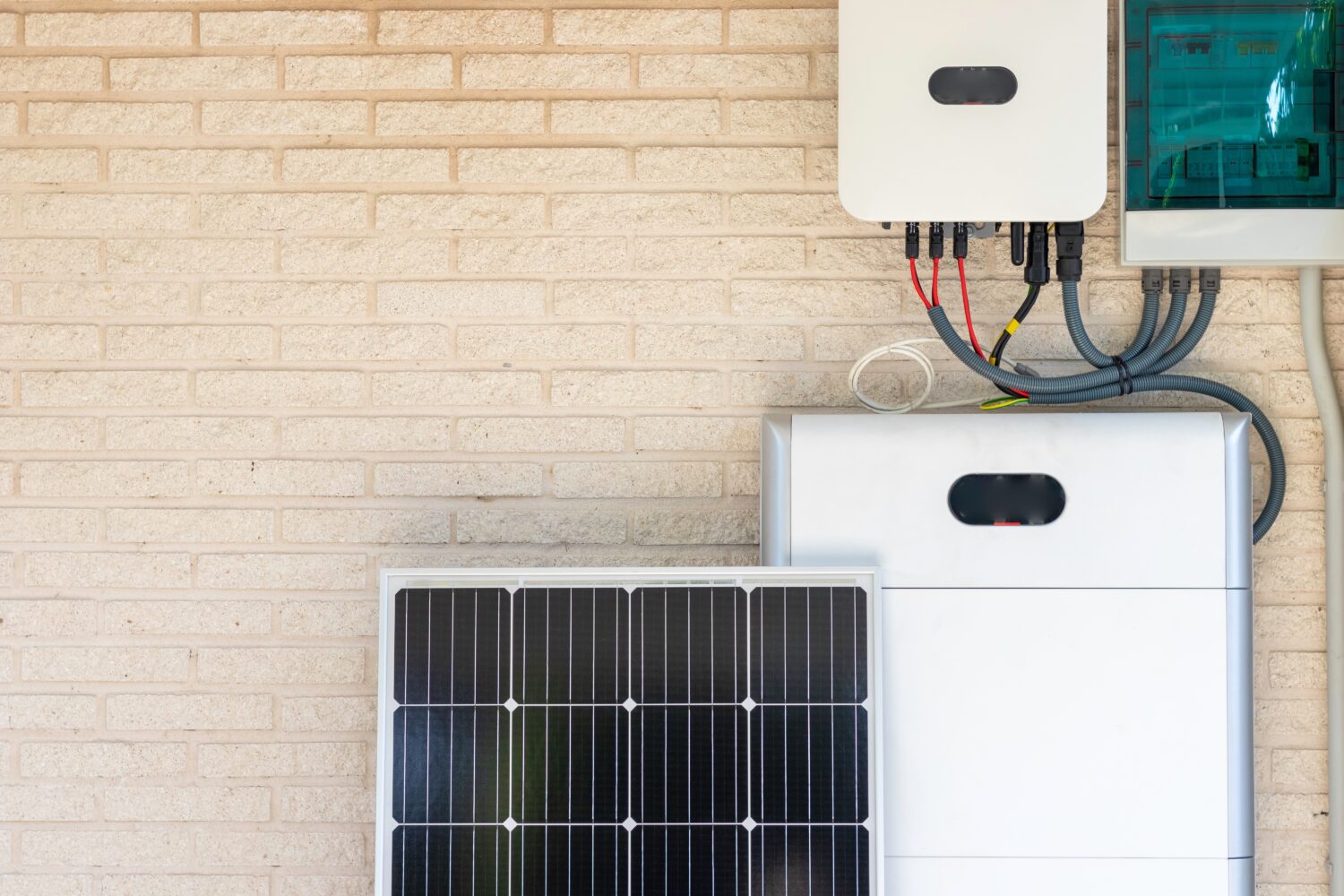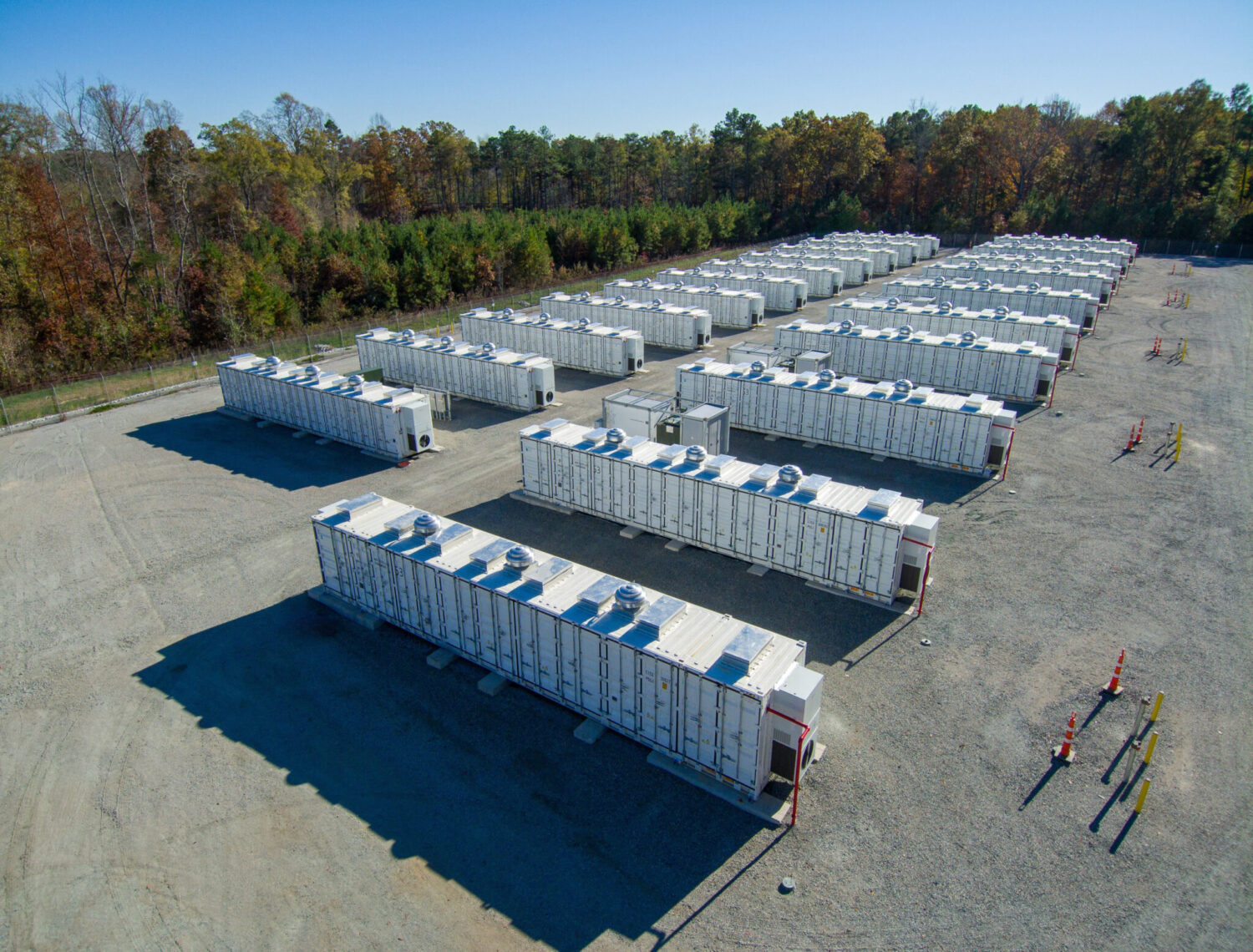Batteries vary by technology, but dominant lithium ion batteries are very energy dense and can be sited on small areas in rural, suburban, or urban areas. With just a few acres, battery modules can be constructed with adequate setbacks and buffer areas while protecting both urban and rural environments. While solar projects require substantial amounts of land, batteries can be sited on their own or alongside a renewable source of energy with the same grid function. By making efficient use of available space and grid interconnection, BESS installations contribute to a more sustainable and adaptable energy future for communities across various settings.
Utility scale battery modules often look like storage containers or tractor trailers installed in rows with sufficient spacing between these modules. Batteries must be sited near transmission infrastructure and substations to efficiently accept and discharge energy to and from the grid. As needed, modules can be swapped out for new technology with few changes to the site. The nature of battery storage technologies will allow them to be sited in areas of the grid where they are most needed to deliver the maximum benefit.
This photo was taken at Dominion Energy’s Dry Bridge energy storage facility in Chesterfield County, Virginia. On just a few acres, these modules strengthen Virginia’s energy grid on a daily basis by lowering the peaks and valleys of energy demand and supply.


